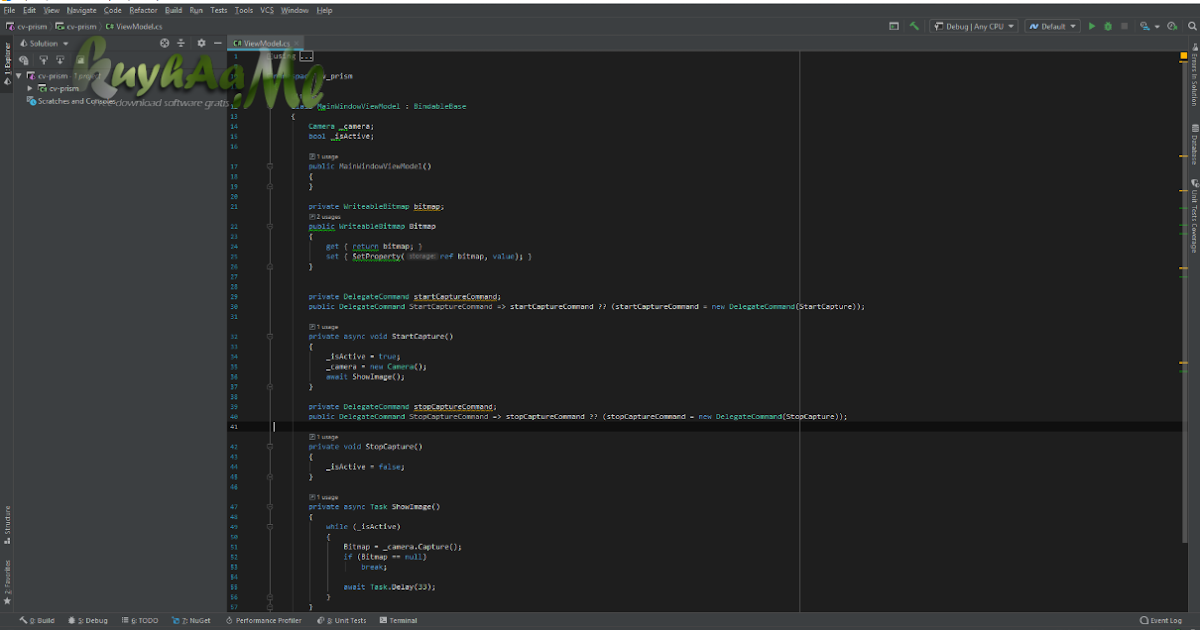

It was never released, but a fully functional prototype was around at that time. As far back as 2004, JetBrains was looking at a stand-alone application for the Visual Studio add-in ReSharper. A Bit of Historyīefore we get into the technology and architecture of Rider, we must look at where this IDE came from. Even with all of these capabilities and features, Rider is fast, responsive, and memory efficient. NET developers expect in their IDEs: a debugger, a unit test runner, a (fast!) NuGet client, database tooling, a WPF XAML preview window, version control, and integration with tools like Docker and Unity Editor is there as well.

In addition to these coding features, Rider also has everything that. It has support for supported languages through code completion, code generation, a large number of refactorings, navigation, over 2,300 code inspections, and much more. Rider supports many languages, such as C#, VB.NET, F#, JavaScript, and TypeScript to build console apps, libraries, Unity games, Xamarin mobile apps, ASP.NET MVC, and other Web application types such as Angular, React, and Vue.js. NET Core and technologies that use frameworks such as ASP.NET, ASP.NET Core, Xamarin, and WPF. JetBrains Rider is a cross-platform IDE that supports.


 0 kommentar(er)
0 kommentar(er)
